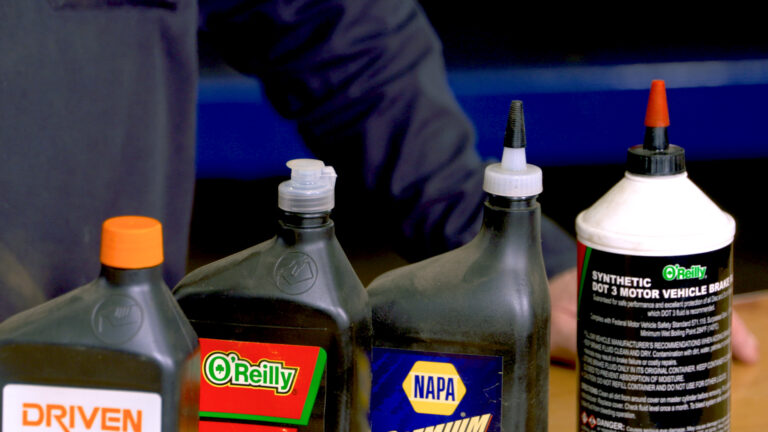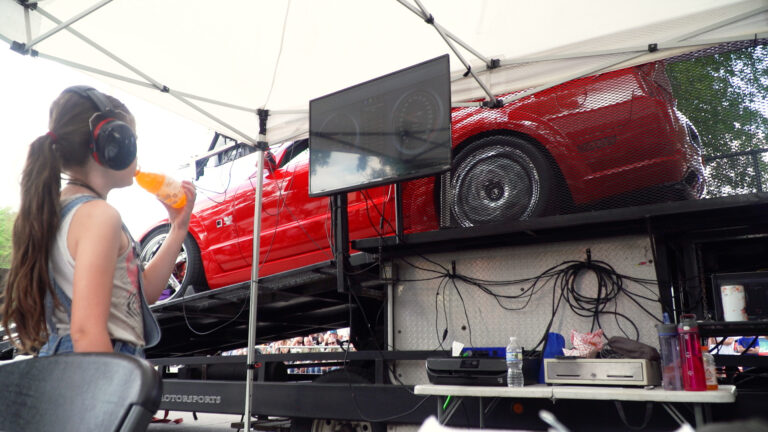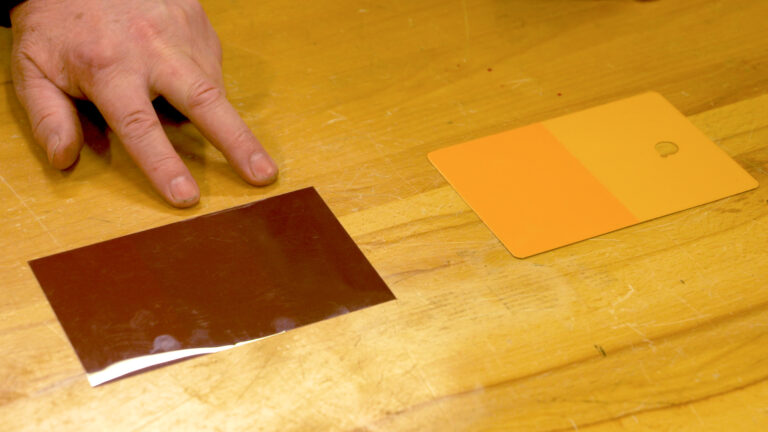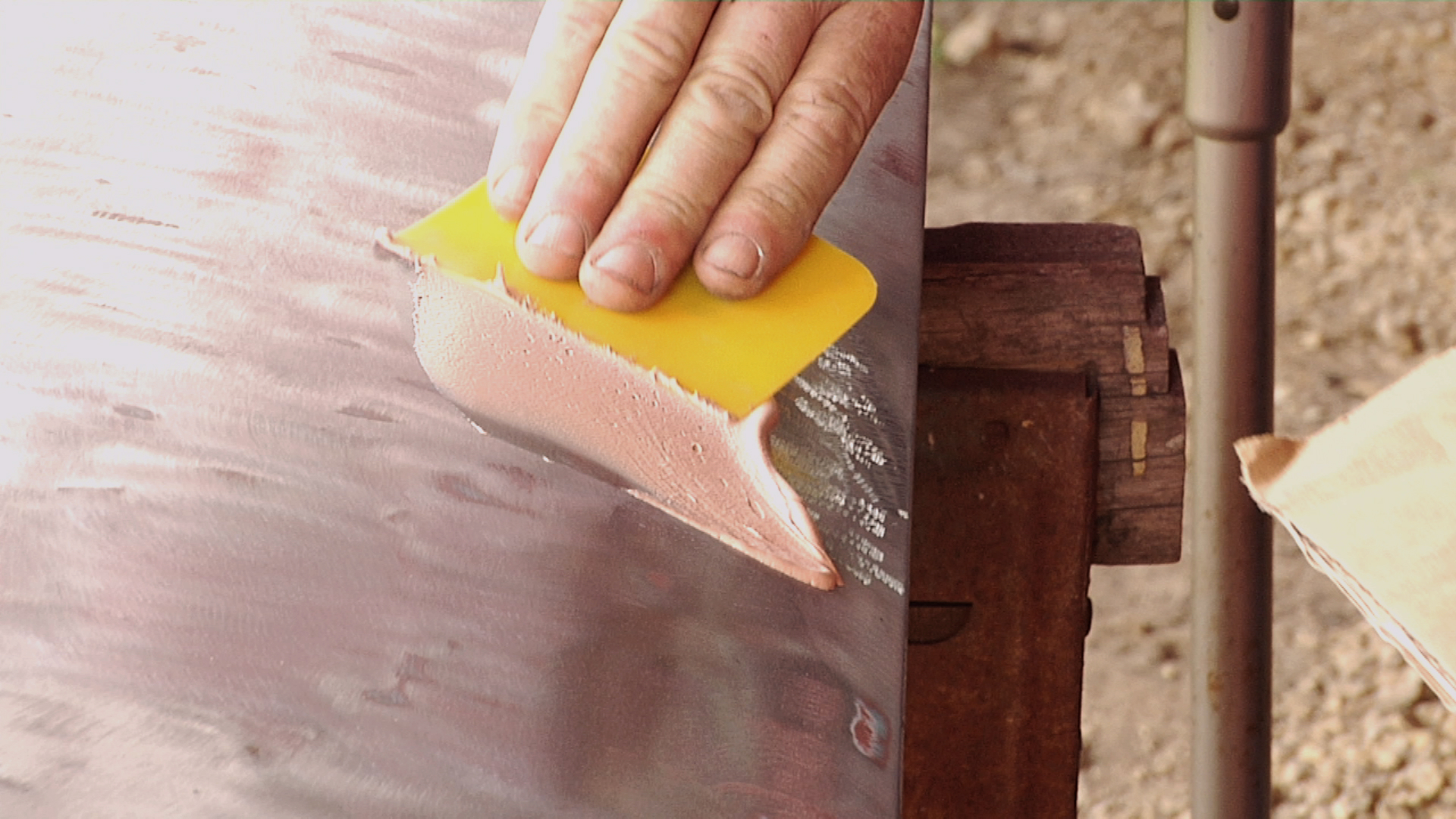
Color Deficiency and Paint Colors
Mark SimpsonColor deficiency, also referred to as color blindness, can have several effects on individuals when selecting classic car automotive paint colors. Color deficiency is a visual impairment that affects a person’s ability to perceive certain colors accurately, primarily due to differences in the photoreceptor cells in the retina. There are different types of color deficiency, but the most common form is red-green color blindness. Paint expert Terry Wright joins us in the shop for some simple tests to determine color deficiencies and understanding how these limitations can affect us in the shop.
Here are some ways color deficiency can impact the selection of classic car automotive paint colors:
1. Limited Color Discrimination: Color-deficient individuals may have difficulty distinguishing between certain colors, particularly reds and greens. This can make it challenging to select paint colors that require precise differentiation between shades or hues.
2. Mismatched Color Coordination: When choosing colors for a classic car’s exterior or interior, it’s crucial to ensure that they complement each other aesthetically. Color-deficient individuals may struggle to identify complementary or harmonious color combinations, leading to mismatched or clashing paint choices.
3. Reduced Color Variety: Color-blind individuals may limit themselves to a narrower range of colors that they can confidently identify. This can result in a limited selection of paint colors, potentially missing out on unique or striking choices.
4. Dependence on Assistance: Color-deficient individuals might need assistance from someone with normal color vision when making paint color selections. Relying on others for input can be inconvenient and may not always yield the desired personal preferences.
5. Unintentional Mistakes: Color-deficient individuals may unintentionally choose colors that appear different from what they intended due to their difficulty in accurately perceiving color distinctions. This can lead to dissatisfaction with the final appearance of the classic car.
To mitigate the effects of color deficiency when selecting classic car automotive paint colors, individuals with this condition can consider the following strategies:
1. Use Color-Matching Tools: There are color-matching tools and devices available that can help identify and match specific colors accurately. These tools can assist in choosing paint colors that align with the desired aesthetic.
2. Seek Expert Advice: Consulting with automotive experts, painters, or designers who have experience with classic cars can provide valuable guidance in selecting suitable paint colors.
3. Sample Testing: Before committing to a particular paint color, consider applying samples to a small area of the car or using test panel spray outs to assess how the colors appear in different lighting conditions.
4. Trust Personal Preferences: While color deficiency can pose challenges, it’s essential to trust your personal preferences and instincts when selecting classic car paint colors. What matters most is that you’re satisfied with the car’s appearance.
In summary, color deficiency can affect the selection of classic car automotive paint colors by limiting color discrimination, potentially leading to mismatched or limited choices. However, with the use of color-matching tools, expert advice, sample testing, and personal preference, individuals with color deficiency can still make informed and satisfying paint color selections for their classic cars.
Explore videos by Mark Simpson
You may be interested in
Premium Membership
Unlock exclusive member content from our industry experts.
- 24/7 Access to Premium Videos, Tips, and Techniques
- Step-by-Step Instructional Demos, Guides, and Tutorials
- 50% Off Video Downloads Purchased in the Classic Car Restoration Shop
- Access to Ask the Expert Program
Unlock exclusive member content from our industry experts.
- 24/7 Access to Premium Videos, Tips, and Techniques
- Step-by-Step Instructional Demos, Guides, and Tutorials
- 2 Full-Length Video Downloads to Watch Offline
- 50% Off Video Downloads Purchased in the Classic Car Restoration Shop
- Access to Ask the Expert Program
Gold Membership
$304 Value
Get everything included in Premium plus exclusive Gold Membership benefits.
- 24/7 Access to 1,500+ Premium Online Classes Across 20+ Categories
- Extensive Library of Downloadable Patterns and Recipes
- Stream and Download Classes Anywhere with the Craftsy App
- Share your Membership with up to 3 friends or family members
- 8 Full-Length Classes of Your Choice to Keep in Your Account for Life
- 10 Patterns, Guides, or Recipes of Your choice to Download to Your Devices
- 20% off Purchase-to-Own Classes in the Craftsy Shop (Select Classes Only)
- Access to Ask the Expert Program
- Exclusive GOLD LIVE Virtual Events































































Share tips, start a discussion or ask one of our experts or other students a question.
Already a member? Sign in
No Responses to “Color Deficiency and Paint Colors”